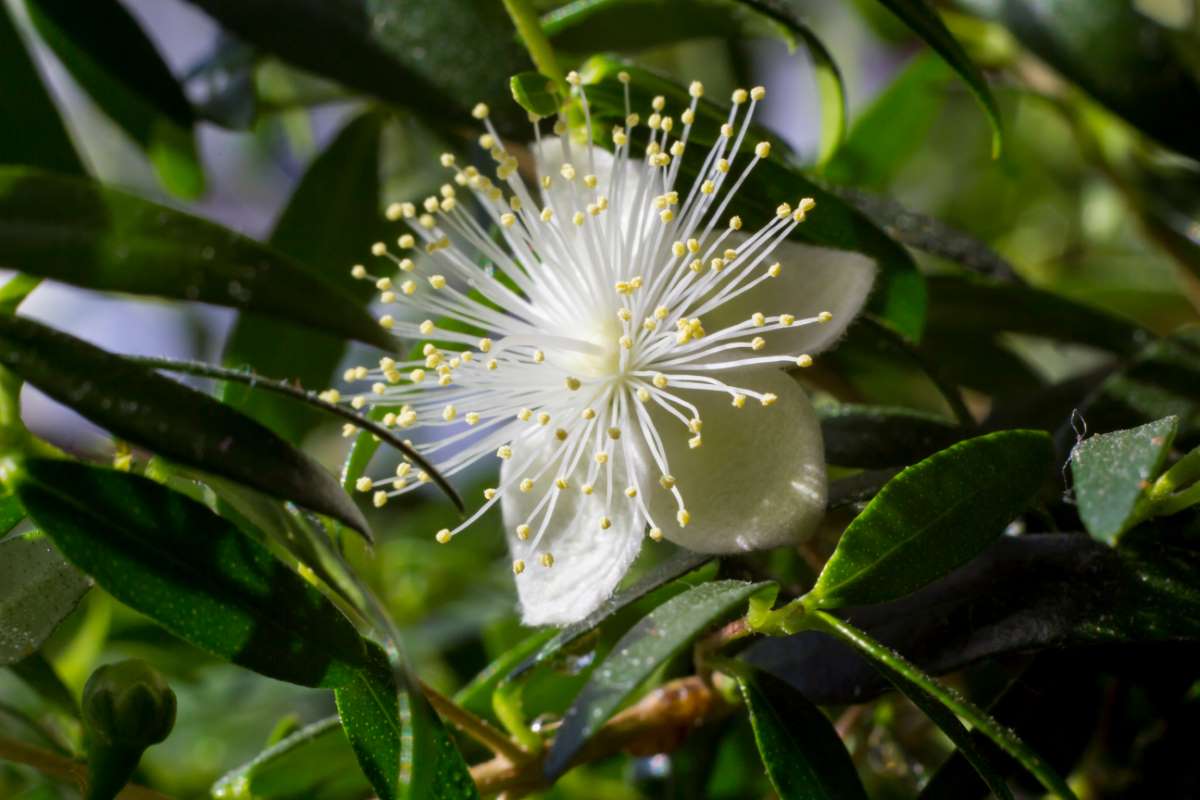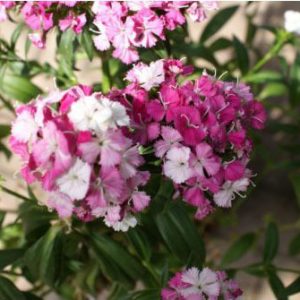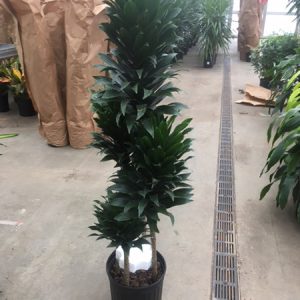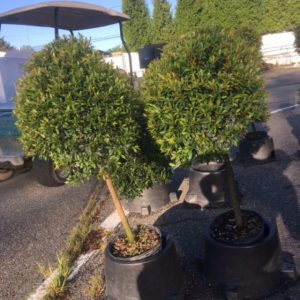Description
Myrtus – Myrtle –
There are 2 species of dense upright or rounded, evergreen trees and shrubs in this genus. They occur from scrub, woodland, and woodland margins in the Mediterranean region, Northern Africa, South America and the Falkland Islands. They are grown for their aromatic, simple, opposite, deep green, pointed leaves and their solitary, bowl shaped, fragrant starry white flowers borne from spring to autumn and are sometimes followed by blackish purple berries. Myrtles are suitable for a mixed or shrub border, or for growing against a warm, sunny wall. They may also be used as topiary, as free standing specimen shrubs, or as an informal hedge. In general, they need long, hot summer to produce flowers and fruits.
Grow in moderately fertile, moist but well drained soil in full sun or light shade, shelter from cold drying winds.
Prone to scale insects, mushroom root rot, gray mold, leaf spot, and Southern blight.
M. communis – Common Myrtle – True Myrtle – This upright, bushy, evergreen shrub, arches with age is found throughout the Mediterranean and grows 10′ feet tall and wide. It produces opposite, ovate, glossy, dark green leaves, to 2″ long with paler undersides and are aromatic when bruised. From mid to late summer or early autumn it bears somewhat fragrant, solitary, 5 petaled flowers, 3/4″ across, with conspicuous central tufts of white stamens, flowers are followed by edible, oval, purple black berries, ½” long.
Zones 8-9





